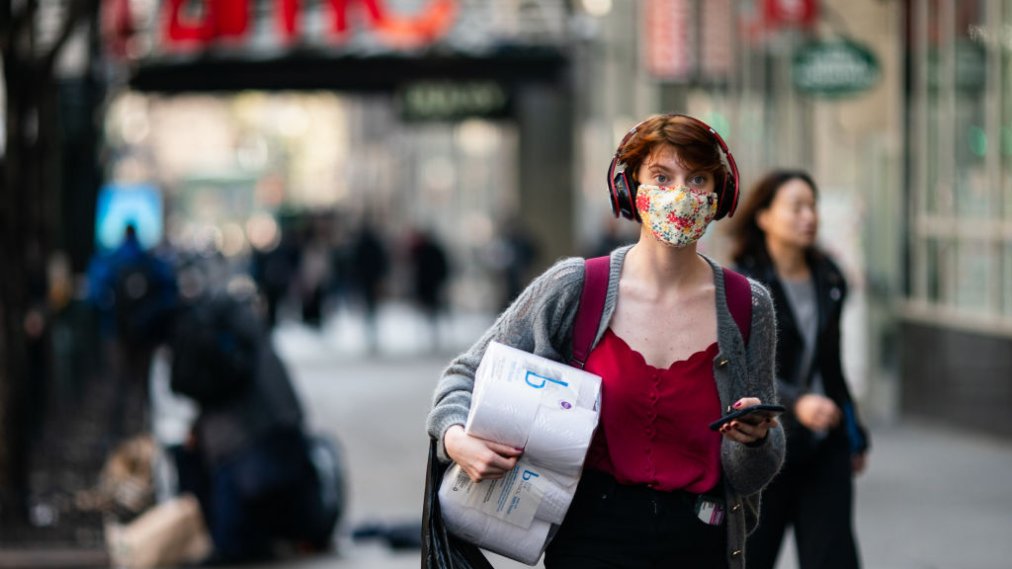
While the rolling out of vaccines has started across the globe, there is no telling when people will have to toss their face masks. Almost a year into the pandemic, some are still not used to wearing a mask when outside their homes. Dr. Lisa M. Cannon shares in this blog how to breathe better with and through a mask.
Practice at home. The thought of wearing a mask or face covering at home seems silly, but that’s one of the best ways to get used to the wearing one for most of the day. An individual must learn to be mindful of how they breathe when wearing a face cover, so they can pace themselves better when partaking in activities.
People who have respiratory problems, even those who might feel lightheaded after a few hours of wearing a mask, may take breathing breaks. Be sure to be in a safe space before taking off the mask. Shoulder shrugs, arm stretches, arm circles, torso twists, and bending allow for the upper chest and shoulders to relax after hours of wearing a snug face cover. In a safe place or one’s personal vehicle, try to drink plenty of fluids to stay hydrated.

According to Dr. Lisa M. Cannon, proper posture allows the lungs to expand, helping one breathe better even with a mask or face covering on. During workouts, only take off masks and hydrate when away from others. It would be best to decrease the intensity of the workout when exercising in public places to prevent breathing issues.
Dr. Lisa M. Cannon is a pulmonologist with more than 15 years of experience in her field. She earned her medical degree from New York College of Medicine and her fellowship in pulmonary disease, critical care, and sleep medicine from Mount Sinai Hospital. For more updates from Dr. Lisa M. Cannon, head over to this page.



